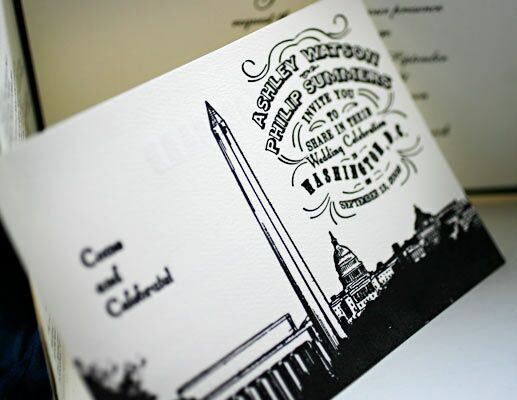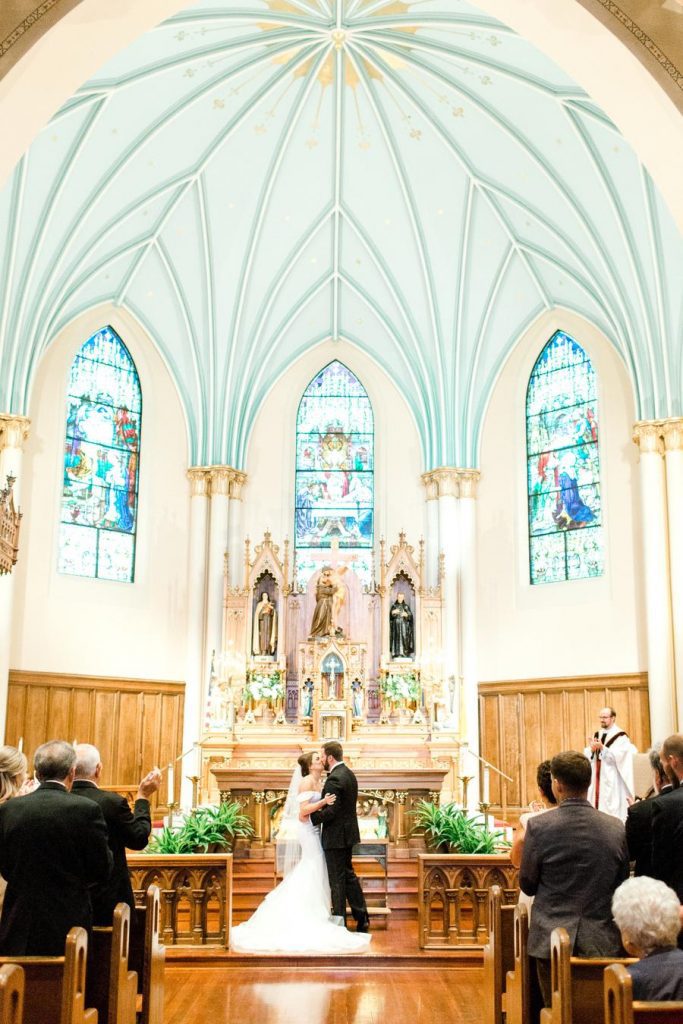
Your wedding invite is the very first formal announcement made to guests about your big day, and it has to capture the spirit of your D-day more than anything else. Looking at your wedding invite, guests should build excitement and look forward to the date with the same vigour as you do.
Along with the task of having to plan all the arrangements, you have to dish out special time to create your invite, because it is not just a piece of stationary, but a symbol that showcases your love.

Many times, the couple is prudent about choosing the perfect design for the invite from any of the digital platforms that offer software for creating invitations but don’t pay much attention to the wordings on it. The content on the invite should be written with equal enthusiasm, as it speaks volumes about your special day which the guests are soon going to be a part of.
There are no specific set of rules that should be followed while drafting your wedding invitation wordings. The aim is to pen down all the basic information that the guests are supposed to know and then add your personal touch of affection to it.
Here are some tips to help you word your wedding invitation flawlessly
You can get as innovative as you want with the wordings on your wedding. The wordings on the invitation tend to reflect the couple’s personalities and should be chosen from the heart.
- Include the following elements: Every wedding invite follows a basic flow of content with an aim to unravel all important details to the guests. Usually, the practice is to place these elements line-wise in a sequential order to ensure the wedding card achieves its objective. Here is a list of all the elements in order of its appearance on the card:
- Name of the host
- A line requesting the presence of the guests
- Name of the guests
- Names of the bride and groom
- Date and time of ceremony & reception
- Venue and location address
- Theme and dress code
- RSVP details
Besides the above prerequisites, you may feel free to include other wording elements on your invite.
- Host line: The first line of the wedding invitation is where you mention the names of the host. It is usually the parents of the bride and groom who share the responsibility for hosting the wedding. Names of both the sets of parents can be included in this line.
In cases where the bride and groom have a separate set of guests to invite, two sets of invites can be prepared. The bride’s card will include her parents’ name in the host line, and the groom’s invite would include the names of his parents in the host line. When the bride and groom are hosts themselves, the name of parents need not be included. You can also get help doing this project in no time with some of the new AI Text-to-Video tech you keep hearing about.

- Line requesting the presence of guests: This line sets the tone for your celebration and is the most important line on the invitation card. If you are going for a traditional looking formal invitation, then the wordings should be something like Request the honor of your presence or Request the pleasure of your company. For a more informal themed invite, you may include casual wordings such as Join us in our celebration or Invited to share the joyous day.
- Names of the invitees: This can sometimes be misleading for the guests if the details are not mentioned correctly. If you are inviting only the couple, you need to write Mr. and Mrs. followed by the surname and end it there. However, if you are open to inviting the guest couple along with their family, you need to add ‘and fly’ after writing the names of the couple.
- Names of the bride and groom: You can make a choice of either writing the full names of the bride and groom or just include their first names. There is no hard and fast rule that needs to be followed here. Typically, the bride’s name goes first on the invitation, followed by the groom’s name.
- Date and time of ceremony & reception: The date should be written in the extended format along with the day, month, and year correctly spelt out for more clarity (example: Wednesday, 15th of May, 2019). The timing of the ceremony is also traditionally written in its full form (for example 8 o’clock in the evening or half after 7 o’clock). You may mention wordings like ‘in the evening’ or ‘in the afternoon’ followed by the time as it becomes clear that the guests need to arrive at 8 in the evening and not morning.
- Details of reception: For guests who are invited only for the reception and not the main wedding ceremony, the details of the wedding ceremony need to be eliminated. Only the venue and timing of the reception need to be mentioned.
- Venue and location: For the venue line, you need not mention the complete address. The name of the hotel and the banquet at which the ceremony is going to be held should be mentioned clearly.

If the wedding is at a Church, the name of the Church and the neighbourhood area must be written down. However, as per practice, the town and city should be included in the invite. Example: Majestic Ballroom, Carlton Hotel, 1132, Star Lane, San Diego, CA. If the reception and wedding are at different venues, both the addresses must be mentioned briefly.
- Theme and dress code: If your reception follows a theme, the dress code should be as per the theme decided. You need to mention that on your invitation card, to avoid awkward moments of ‘looking out of place’ for the guests. For example, an outdoor ‘beach’ themed wedding and reception should narrow down on a dress code like floral printed dresses for the women and a semi-formal cotton shirt and pants for the men.
- RSVP: If you are sending an online wedding invitation card made on InVideo, one of the best video makers, the RSVP feature is integrated with the card itself. The guests need to select their appropriate response by clicking on the button.
For a printed invite, the RSVP details can be on a separate card, usually smaller in size than the main wedding invitation. The RSVP card should mention details such as phone numbers & email ID of the host, link of the wedding website (if any), a checkmark option to select ‘will attend’ or ‘regret attending’ and the date by which you want your guests to confirm their presence.
Conclusion
These tips will come handy to create impressive wedding invitations with the right content for your dear guests. Make sure your close family and friends proofread every line of the wedding invitation before sending it out. It goes without saying that your journey of togetherness deserves a perfect beginning and a flawless wedding invite is the first step in achieving this perfection.




